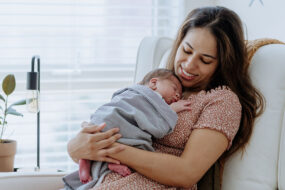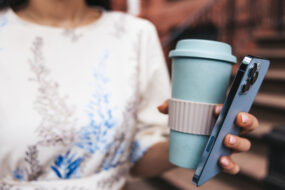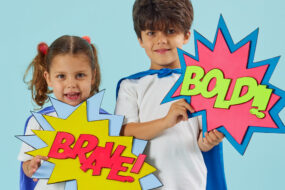Home safety: How to prevent and treat burns
You might feel more at risk of burning your skin in summer – but winter is the peak season for injuries from burns and scalds.
It’s National Burns Awareness Month, and Kidsafe Victoria is urging parents and carers to be vigilant during the cooler months.
The World Health Organisation says women and children are most vulnerable when it comes to burns, and they mainly occur in the home and workplace.
“Children are naturally curious and like to explore their surroundings, however they don’t understand the danger posed by many common household burn and scald hazards,” Kidsafe Victoria general manager Jason Chambers says.
The major causes of burn and scald injuries in children include hot water (such as the bath), hot liquids (such as tea and coffee), hot food (two minute noodles and soups), and fires and heaters.
- Related story: How to prevent poisonings in the home
- Related story: When to take your child to the doctor
Burn prevention tips include:
- Childproofing electrical outlets and appliances
- Keeping children out of the kitchen while cooking
- Installing smoke and carbon monoxide alarms
- Installing barriers and safety gates around fireplaces, ovens and furnaces
Burns can cause severe injuries in children
“A child’s skin is thinner and more sensitive than an adult’s and will therefore result in a more severe burn,” Jason says.
For this reason, Kidsafe is urging parents and carers to download its home safety checklist.
What to do if someone suffers a burn
There are several steps you can take:
Classify your burn
- What caused it? (Thermal, chemical, radiation or electrical).
- What type is it? (Superficial/1st degree, Superficial partial thickness to deep partial thickness/2nd degree, full thickness/3rd degree or 4th degree and beyond.)
Basic burns management
- If blisters develop, don’t pop them. Visit your doctor because they might need to be removed.
- Avoid ointments as they can seal in heat, increasing the burn’s severity.
- Take off any jewellery/clothing that interferes with the burn. If it’s a chemical burn, take off any clothing that could be potentially contaminated.
1st -2nd degree burns
- Cold water effectively reduces the pain and severity of a burn – but adequate timing and temperature are crucial. Run cold (not freezing) water over the area for up to 20 minutes.
- To speed up the healing process, avoid infection and reduce redness/swelling, apply a burn-relief product.
3rd degree burns and beyond
- Never try to self-treat anything beyond a second-degree burn yourself. A severe burn is a medical emergency and you need to call 000 for an ambulance.
Written by Charlotte Brundrett






